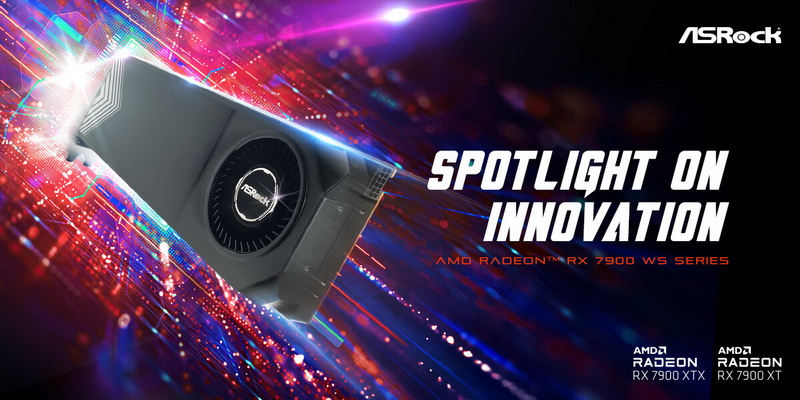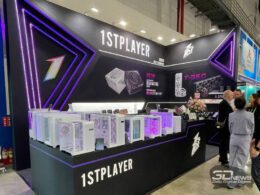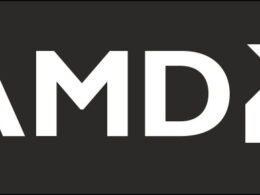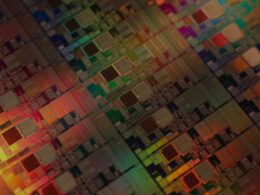ASRock, a leading global motherboard manufacturer, has announced the Radeon RX 7900 XTX WS and RX 7900 XT WS graphics cards. These come with distinctive features that render them suitable for workstations, marking a departure from the gaming accelerators the company typically produces. Notably, these new cards are the first Radeon graphics cards on RDNA 3 equipped with a tangential fan cooling system. An additional unique feature is the 12+4-contact 12V-2×6 power connector included with these graphics cards — the first of its kind for Radeon.
In the past, AMD showed no interest in adopting the 12VHPWR power connectors (updated to 12V-2×6) for its Radeon RX 7000 graphics cards. The company considered these connectors unreliable, especially given their propensity to melt under loads on high-end GeForce RTX 40 series graphics cards, which frequently hit a TDP of 500w. However, Radeon cards based on the Navi 31 GPU, which are expected to draw up to 355w of power, should be less susceptible to overheating related difficulties. Consequently, ASRock was persuaded to release the Radeon RX 7900 XTX WS and RX 7900 XT WS cards with 12V-2×6 power connectors.
“Anticipating the onset of the artificial intelligence era, ASRock announces the release of Radeon RX 7900 XTX WS 24GB and Radeon RX 7900 XT WS 20GB graphics cards, supporting cooperative computations on multiple GPUs. ASRock Radeon RX 7900 WS cards are built upon the Radeon RX 7900 XTX and Radeon RX 7900 XT [gaming] graphics accelerators. The RX 7900 WS series, designed for parallel computing and accelerating AI algorithms in multi-GPU bundles, come equipped with a two-slot expansion cooling system that includes a vapor chamber and a centrifugal fan. Installation of ASRock Radeon RX 7900 XT WS graphics cards is significantly simplified thanks to the horizontal placement of the 12V-2×6 power connector,” said the manufacturer in describing the new releases.
While these graphics cards are not intended for gaming, and their overclocking potential could be significantly limited or entirely disabled, ASRock’s interest in the 12V-2×6 power connector and its presence on Radeon graphics cards could suggest a shift in AMD’s stance on these power connectors. Future RDNA 4-based card models may likely feature it, too.





